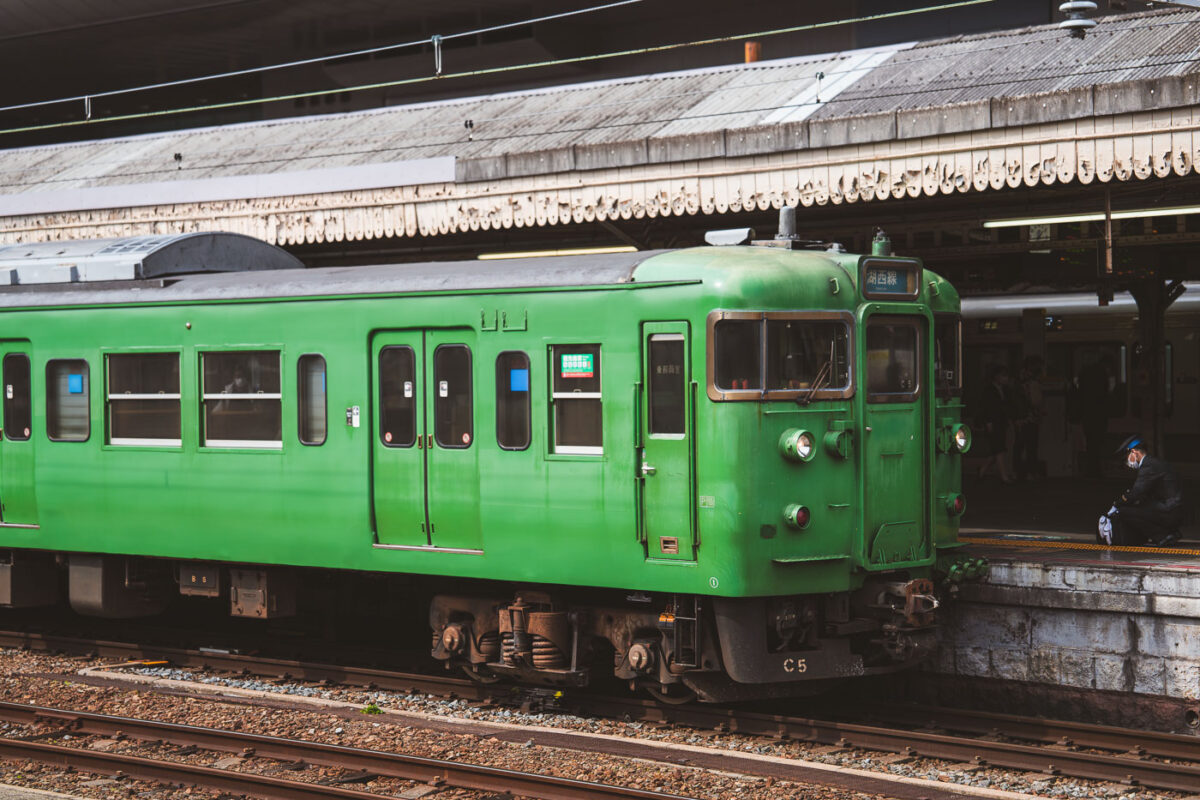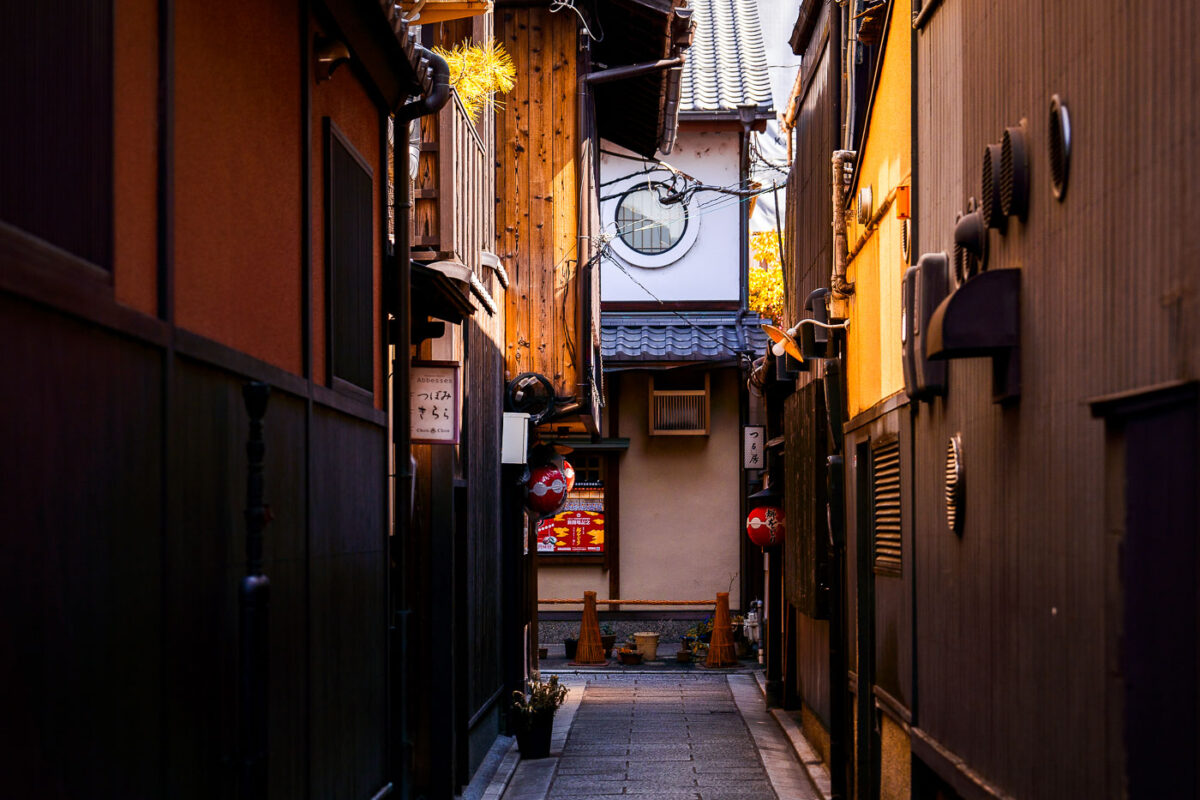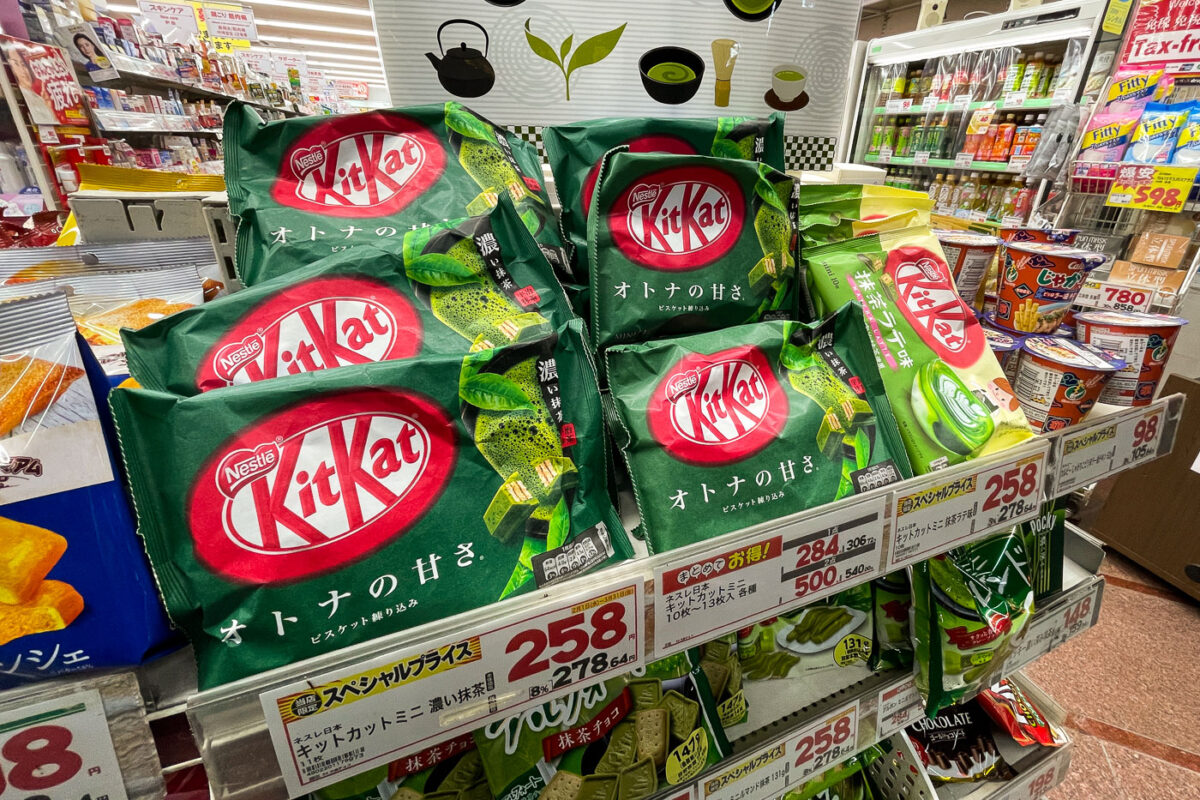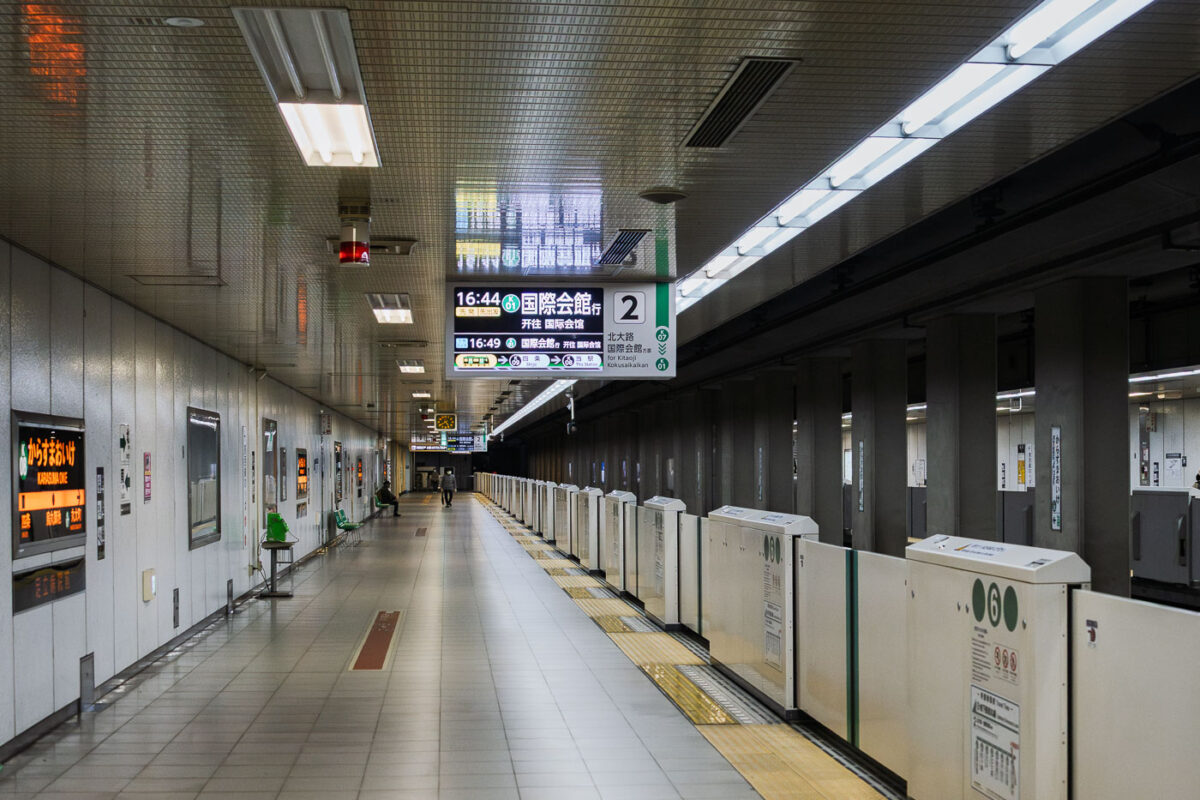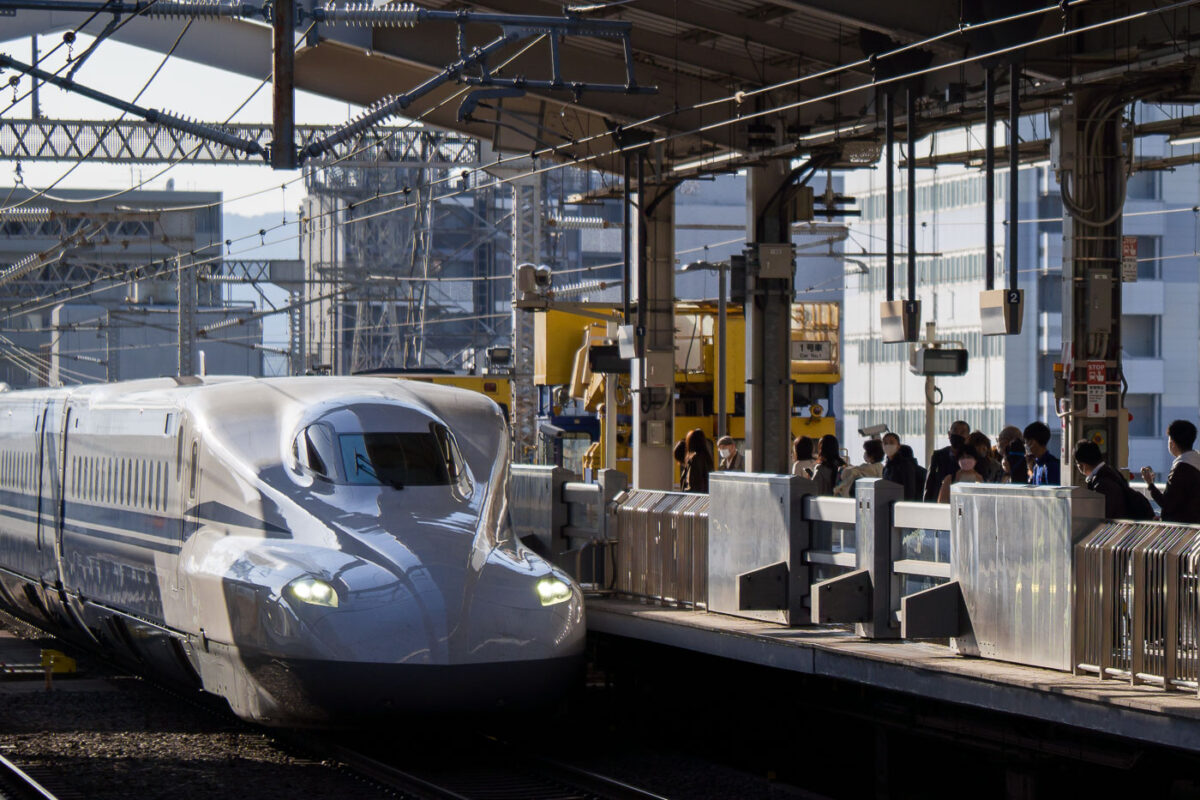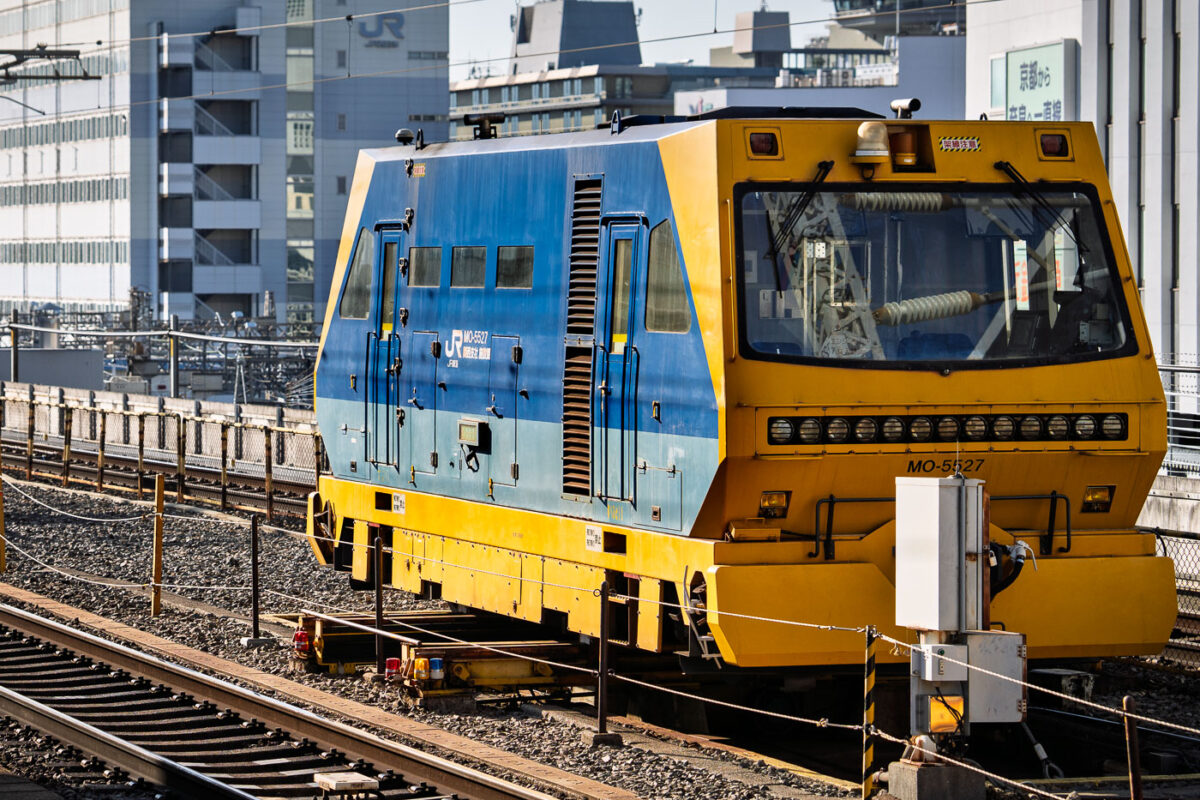A narrow side alley branching off Hanamikoji-dori in Kyoto’s Gion district, photographed in March 2023. This historic area is known for its preserved machiya townhouses—traditional wooden buildings that date back to the Edo and Meiji periods and once served as both residences and storefronts for merchants and artisans. Many of the structures visible here retain their classic features, including wooden latticework (koshi), earthy plaster walls, deep-eaved roofs, and lanterns marking the entrances of small eateries and teahouses.
Hanamikoji-dori remains closely associated with Kyoto’s hanamachi culture, where geiko and maiko still work in nearby teahouses. While the main street draws steady foot traffic, the smaller lanes behind it—like the one pictured—capture the quieter, more atmospheric side of Gion, where the scale of the architecture narrows and the district’s centuries-old urban fabric becomes especially clear.

